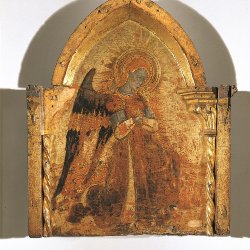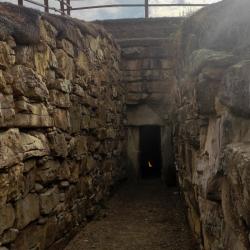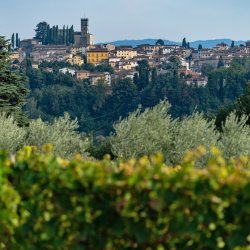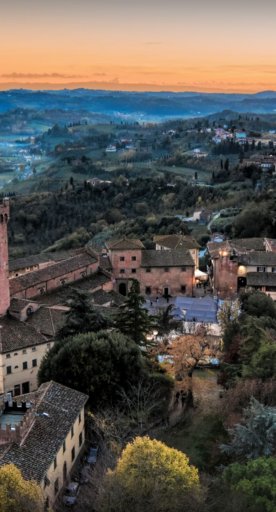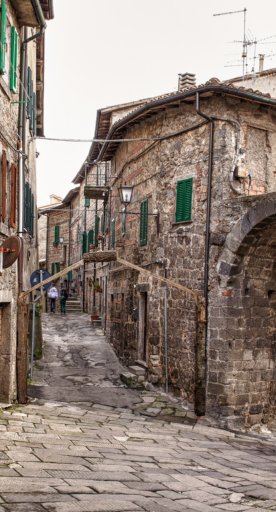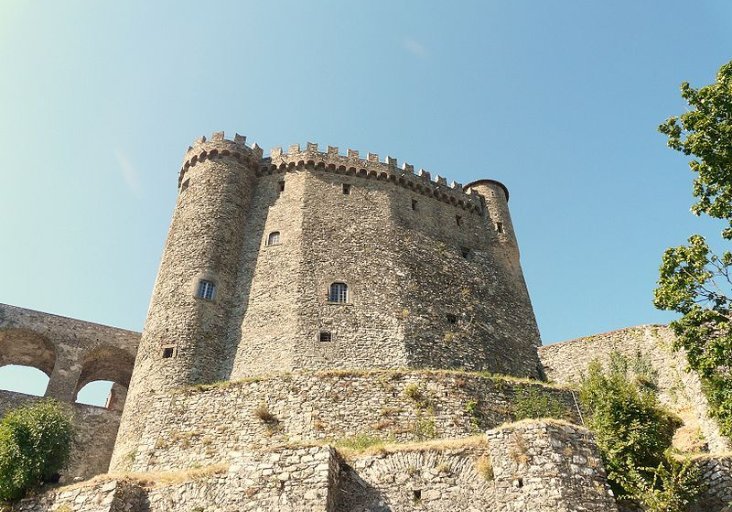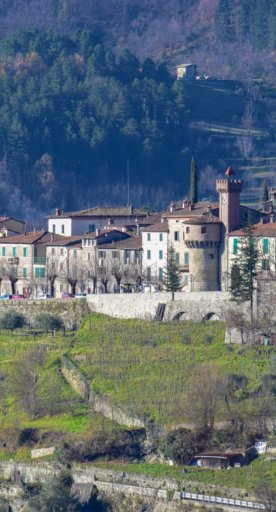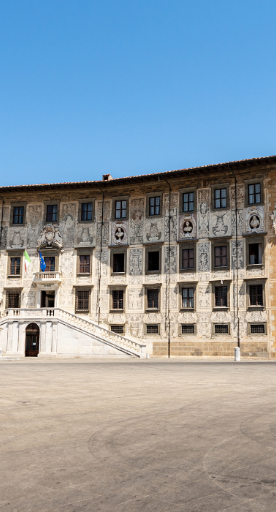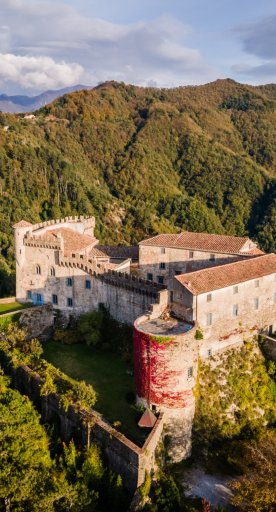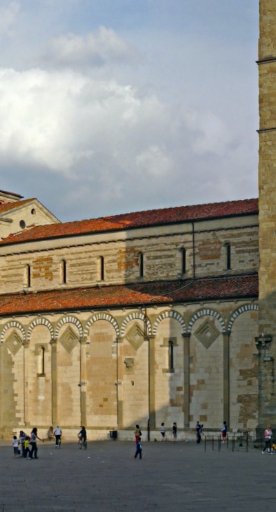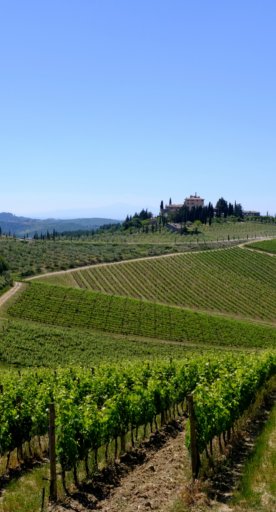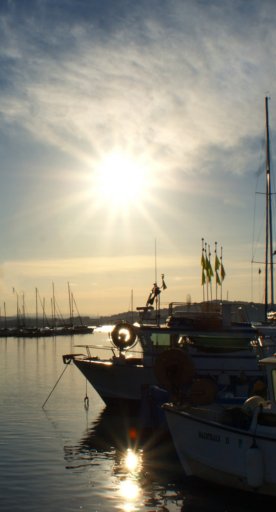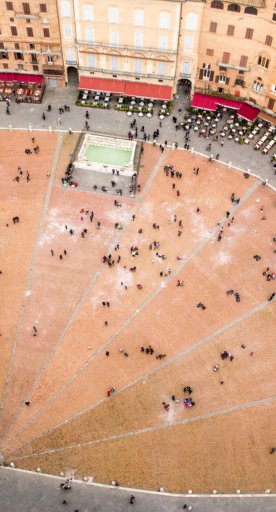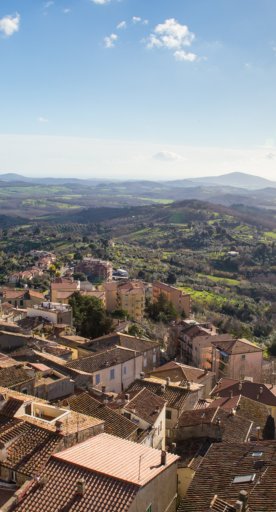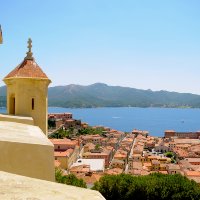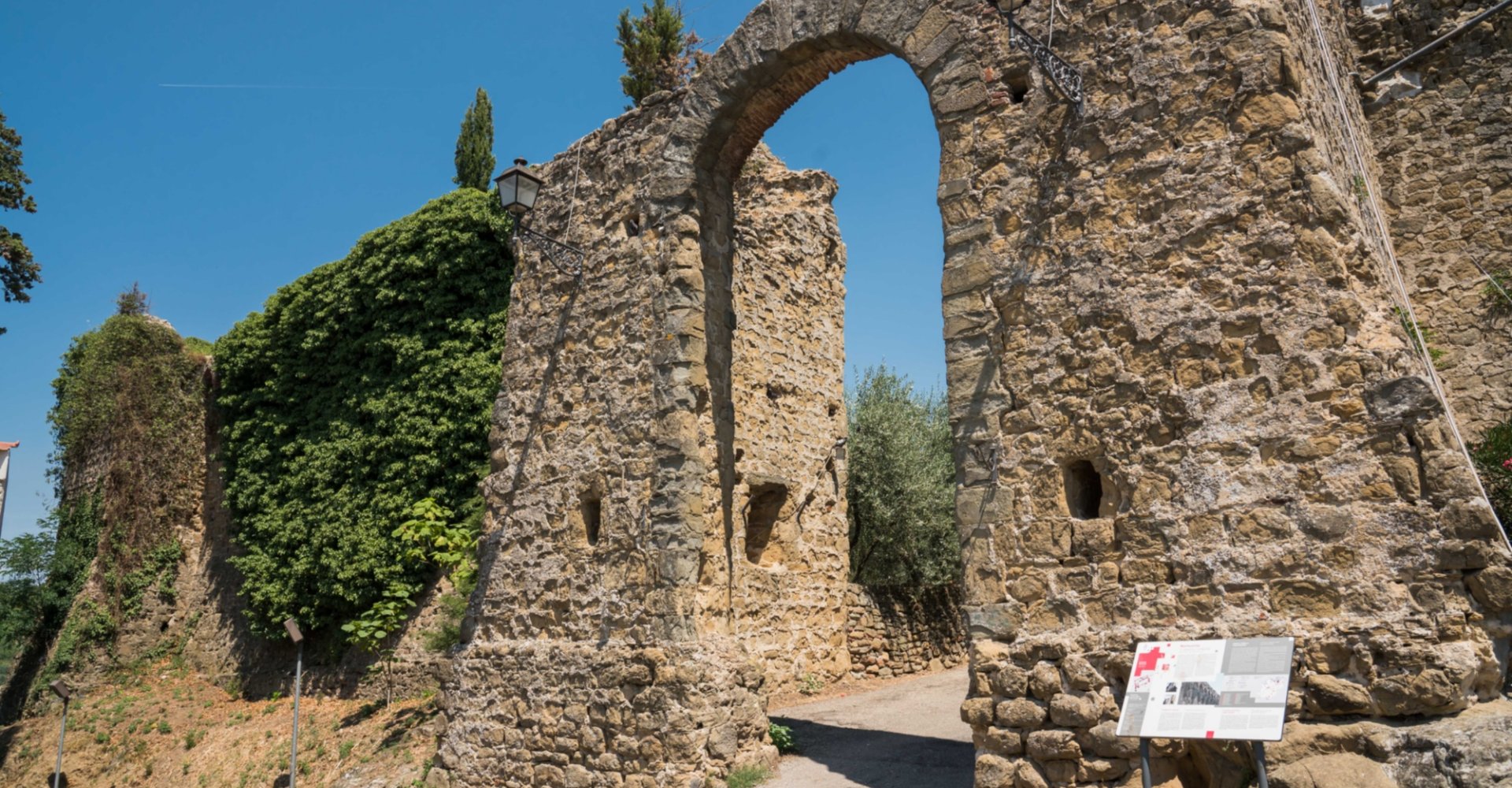
5 city walls for a journey through time
Discovering fortified villages and evocative stretches of walls around Florence
The urban evolutions of human settlements have gradually erased or modified traces of the past, but where something still survives, it makes us dream; as a matter of fact, in our imagination fortified villages are synonymous with knights, ladies and medieval courts. In reality, the walls were useful structures for defense, engineering works designed by skilled professionals, where sieges and massacres often took place.
Follow us on this brief journey through time in search of the walls that still stand in the territory surrounding Florence, and, for those who can appreciate them, even inside the Tuscan capital.
-
1.The walls of Florence
-
2.Small-sized and evocative: Malmantile
-
3.The walls of Lastra a Signa
-
4.The “cyclopean” walls of Fiesole
-
5.In defense of Figline
The walls of Florence
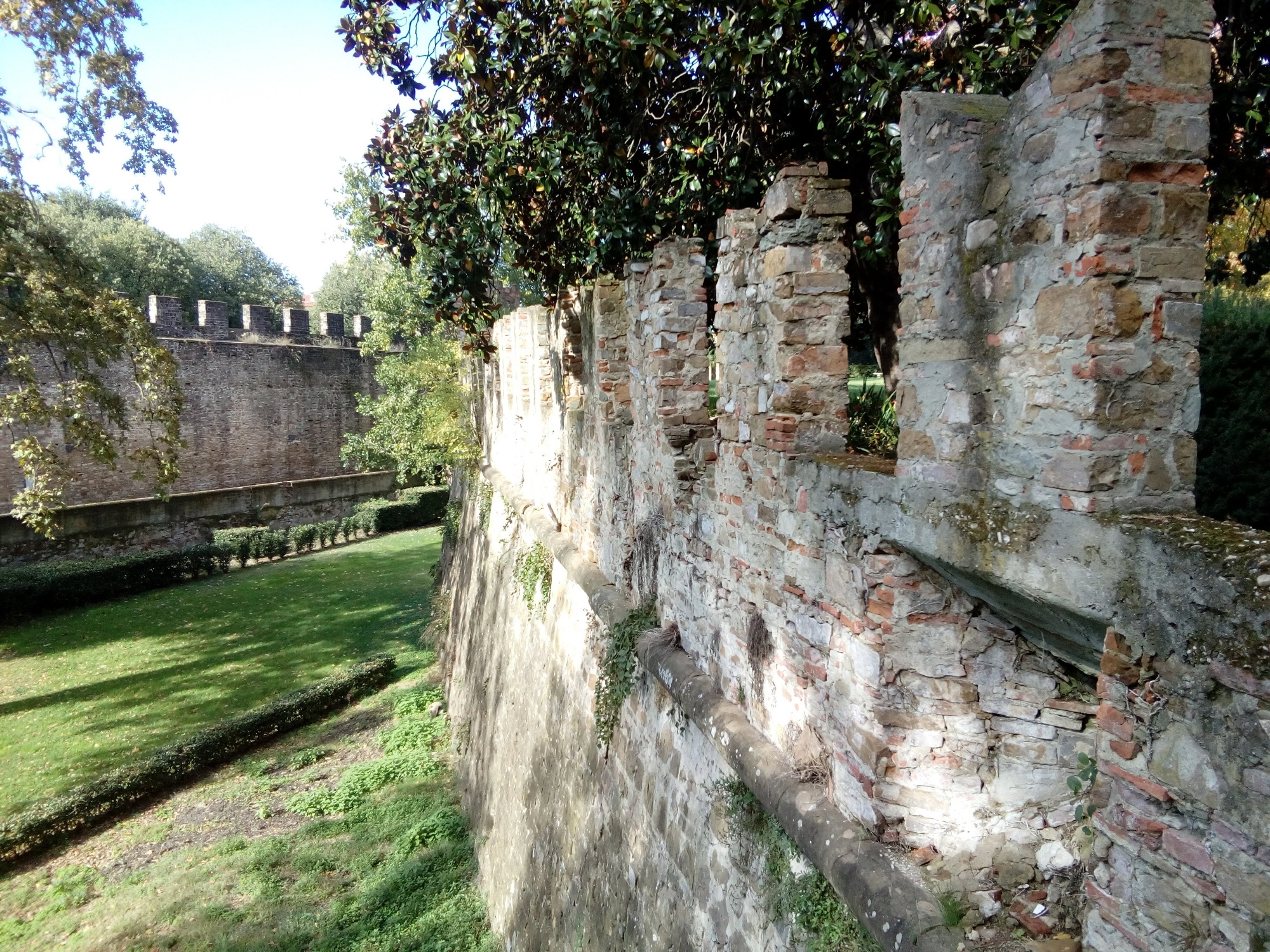
The walls always surrounded Florence until it became the capital of the Kingdom in 1865. Sacrificed to a design of avenues inspired by the Parisian boulevards, they were torn down on the right bank of the Arno and several gates remained standing, isolated witnesses of this destroyed northern circle: the Porta al Prato, the Porta San Gallo, the Porta alla Croce, and the Torre della Zecca Vecchia.
In Oltrarno, instead, the parts of the walls remained substantially intact, as can be seen in today's Viale Ariosto where it meets Porta Romana.
Fun fact: If you have the chance to visit the Torrigiani Garden (the largest private garden inside the circle of walls) you can see that a second wall is located inside the property; it is the Medici bastion, which is older. The outer one is the defensive structure that is visible, precisely, from viale Ludovico Ariosto and that, on rare occasions, is opened to allow everyone an evocative walkway at the top.
Small-sized and evocative: Malmantile
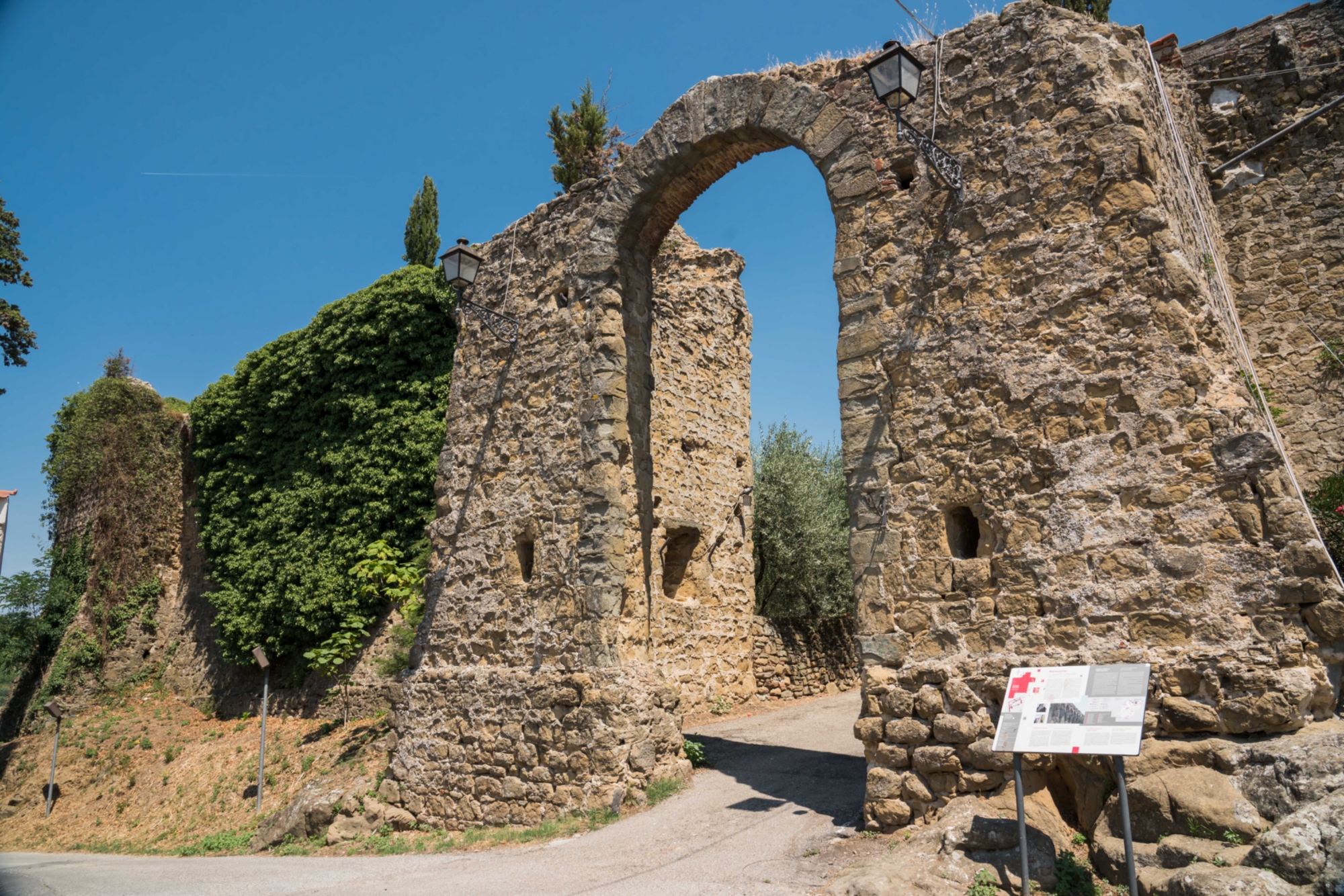
It may have been the Malmantile Medieval Festival, held in May, that brought you to this small fortified village. If not, we suggest you seek it out, for a visit that is also a journey through time.
Malmantile is a village completely surrounded by walls, in the countryside of the municipality of Lastra a Signa. It was built in the early 15th century as a bulwark to defend Florence from hostilities with the city of Pisa; the walls form an almost perfect rectangle and it is said that the construction was supervised by Filippo Brunelleschi.
On the short sides of the defensive perimeter are two gates, one facing Florence, the other Pisa. Interesting are the literary references that recall Malmantile, mentioned in the works of Lorenzo Lippi, Carlo Goldoni and Vittorio Alfieri.
The walls of Lastra a Signa
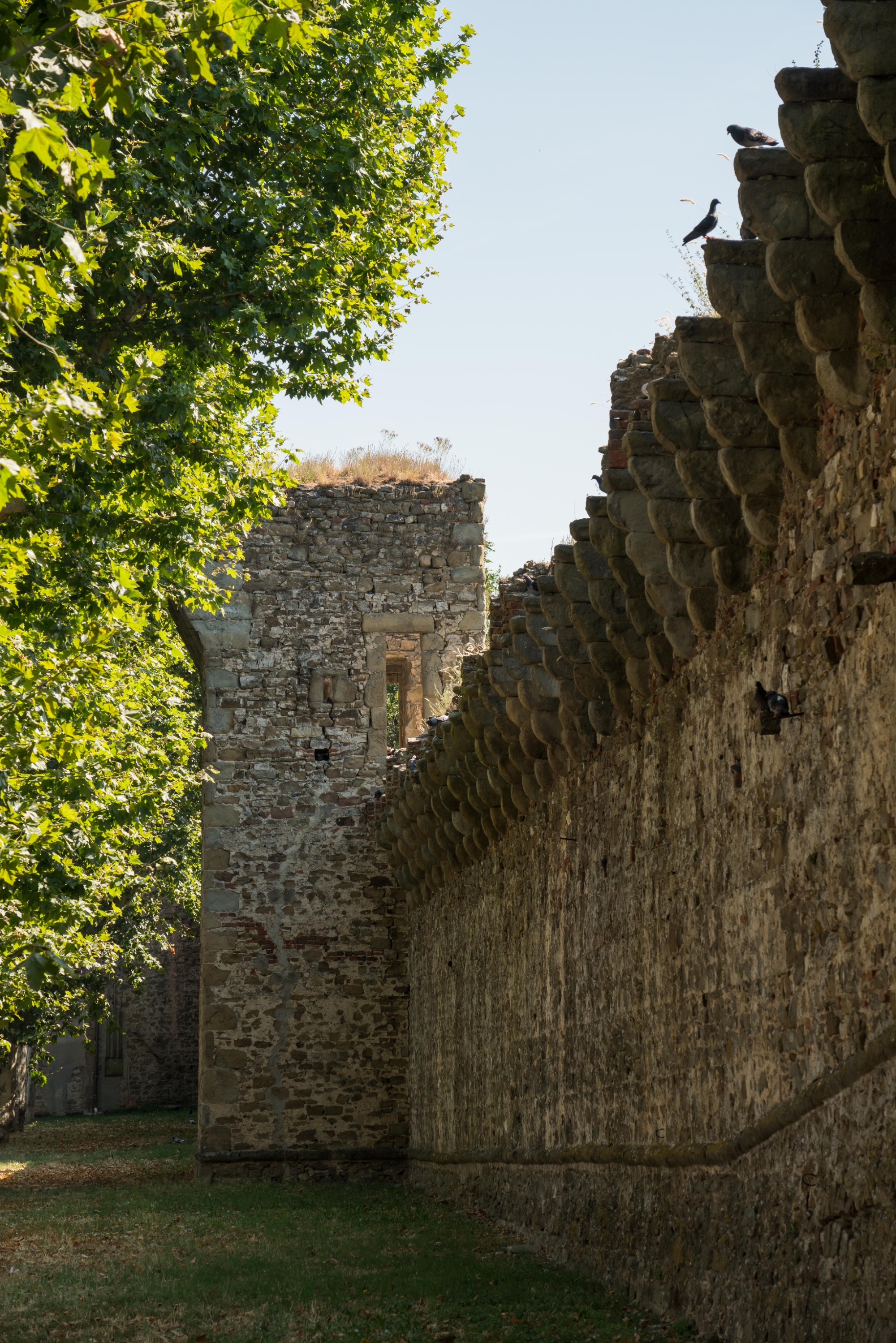
And since it is close by, we need to tell you about Lastra a Signa, which still boasts extensive stretches as far as walls are concerned; they are in the shape of an irregular square along Via del Prato, with the garden of the Walls and the buildings that have been incorporated over time.
Lastra's walls are crossed by two roads: the ancient Via Pisana, from east to west, leading from Porta Fiorentina to Porta Pisana, and another route that runs from north to south, as far as the so-called “portone di Baccio”.
Overall, the circle of walls covers a course of about 4 hectares, in whose building Filippo Brunelleschi was also involved (already indicated in the nearby Malmantile).
The “cyclopean” walls of Fiesole
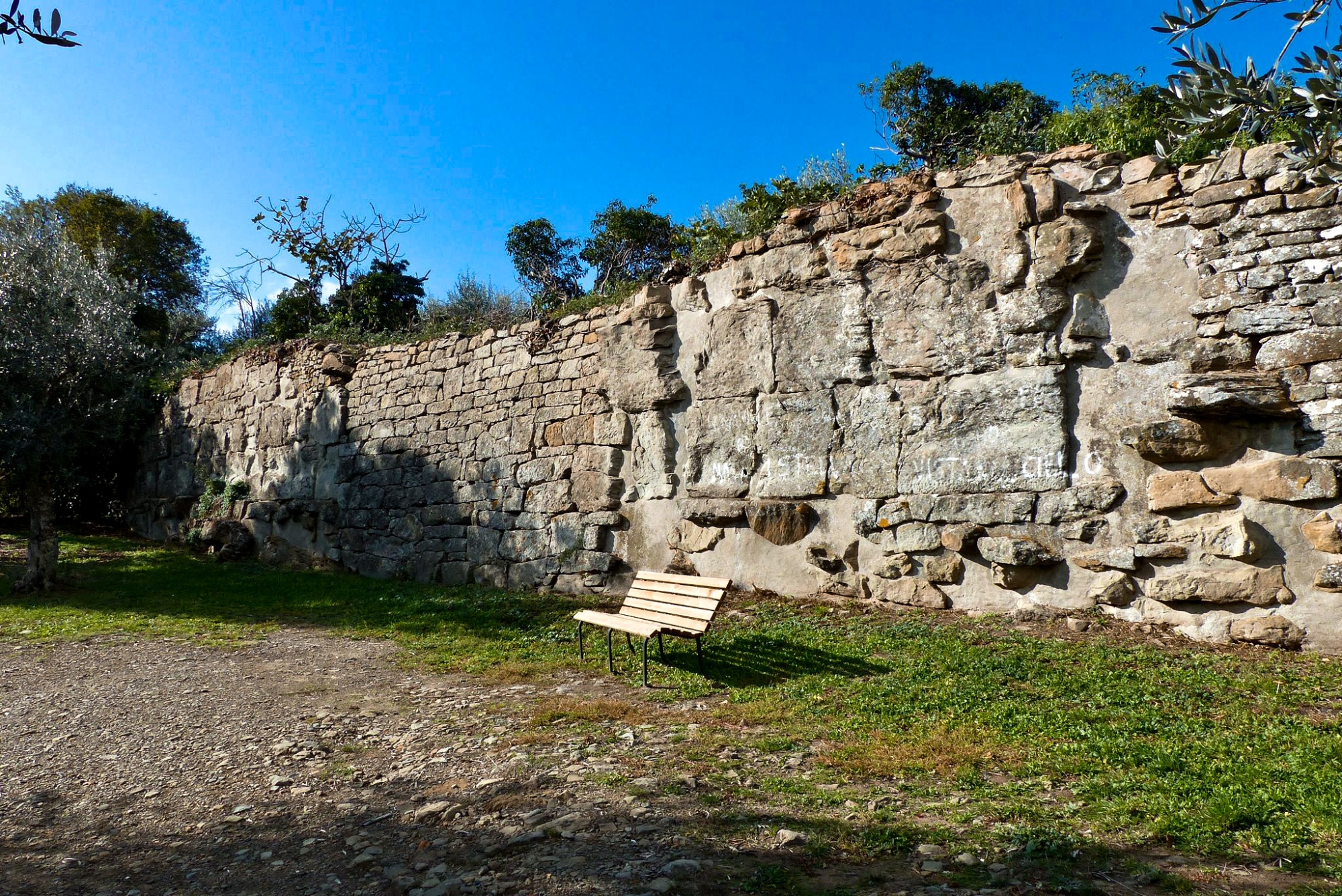
Dated around the 4th century B.C., the walls of Fiesole are evidence of its Etruscan origin. The walls stretch for about 2 kilometers and are built to defend the two highest peaks of the hill with large blocks of local stone.
The walls defended the town of Fiesole from many sieges, the last being that of the Republic of Florence in 1125, which conquered the neighboring (and rival) town.
What we see today are impressive stretches located just below the archeological Area. By contrast, almost nothing remains of the gates that gave access to the city.
In defense of Figline
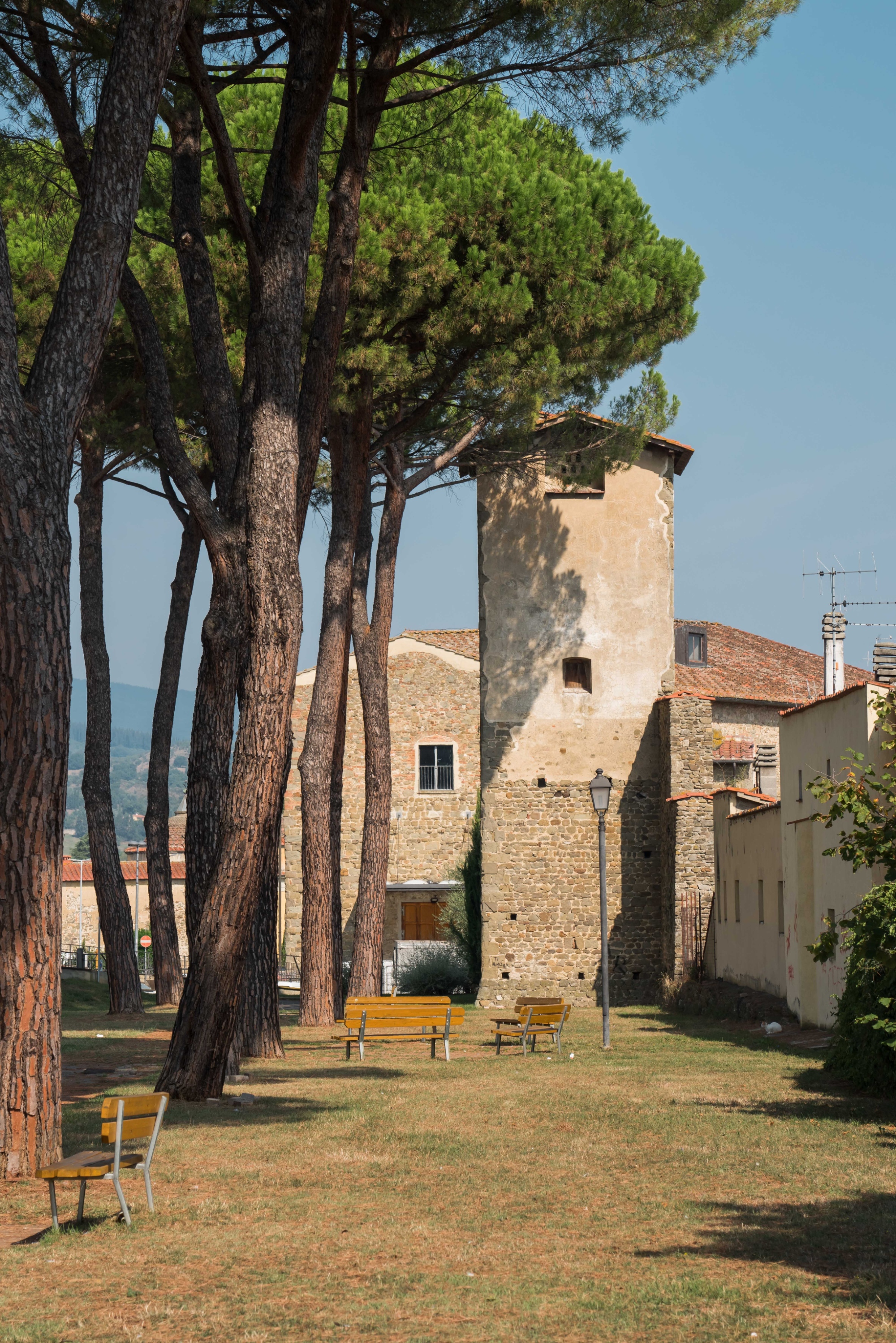
It was 1353 when the decision was made to fortify the built-up area of Figline at the behest of Florence in defense of the many enemies who sieged the town in Valdarno.
An important circuit, 1500 meters long, with 19 towers and 4 gates completed around 1370. After the 16th-century renovation, the walls of Figline have remained intact to the present day although - as is often the case - buildings and dwellings have been built on their circuit.
Of all of them you can still admire the Torre Capitana, a three-story corner tower, the southernmost of which is enclosed within the garden of Villa Casagrande Serristori.








